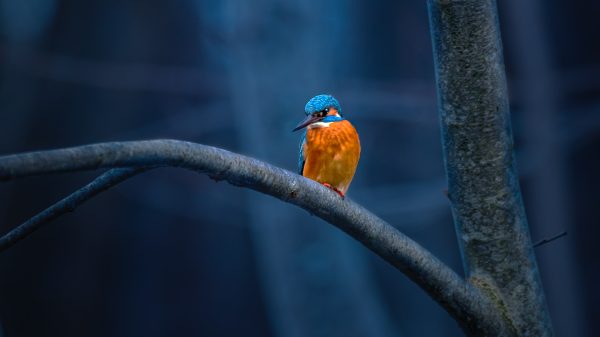There are many animals on Earth that live for a very long time. Some of these animals are so old that they have seen many generations of humans come and go. Here are some of the longest living animals in the world:
- Greenland Shark: The Greenland shark is the longest living vertebrate in the world. They can live for up to 500 years! These sharks are slow-moving and live in the cold waters of the North Atlantic Ocean.
- Bowhead Whale: Bowhead whales are also very long-lived animals. They can live for up to 200 years! These whales are found in the Arctic Ocean and are known for their thick layer of blubber, which helps them to survive in the cold climate.
- Ocean Quahog: Ocean quahogs are a type of clam that can live for up to 400 years! These clams are found in the Atlantic Ocean and grow very slowly.
- Giant Tortoise: Giant tortoises are some of the longest living reptiles on Earth. They can live for up to 150 years! These tortoises are found in the Galapagos Islands and are known for their slow-moving lifestyle.
- Freshwater Pearl Mussel: Freshwater pearl mussels are a type of mussel that can live for up to 200 years! These mussels are found in freshwater rivers and streams.
These are just a few of the longest living animals in the world. These animals are fascinating creatures that have adapted to live for very long periods of time. They are a reminder of the amazing diversity of life on Earth.
What are the factors that contribute to the long lifespan of these animals?
There are a number of factors that contribute to the long lifespan of these animals. Some of these factors include:
- Slow metabolism: Many of these animals have a slow metabolism, which means that they do not need to eat as much food as other animals. This helps them to conserve energy and live for longer.
- Cold-blooded: Many of these animals are cold-blooded, which means that their body temperature is regulated by the environment. This helps them to survive in cold climates, where food is scarce.
- Slow growth: Many of these animals grow very slowly. This gives them more time to develop their immune system and other defenses against disease.
- Good genes: Some of these animals may simply have good genes that make them more resistant to disease and aging.
What can we learn from these animals?
We can learn a lot from these animals about how to live a long and healthy life. Some of the things that we can learn include:
- Eat a healthy diet: Many of these animals eat a diet that is rich in nutrients and low in processed foods. This helps them to stay healthy and live longer.
- Get regular exercise: Many of these animals are very active. This helps them to stay strong and healthy.
- Get enough sleep: Many of these animals get plenty of sleep. This helps them to repair their bodies and minds.
- Manage stress: Many of these animals live in a relatively stress-free environment. This helps them to stay healthy and live longer.
By following the example of these animals, we can improve our chances of living a long and healthy life.














